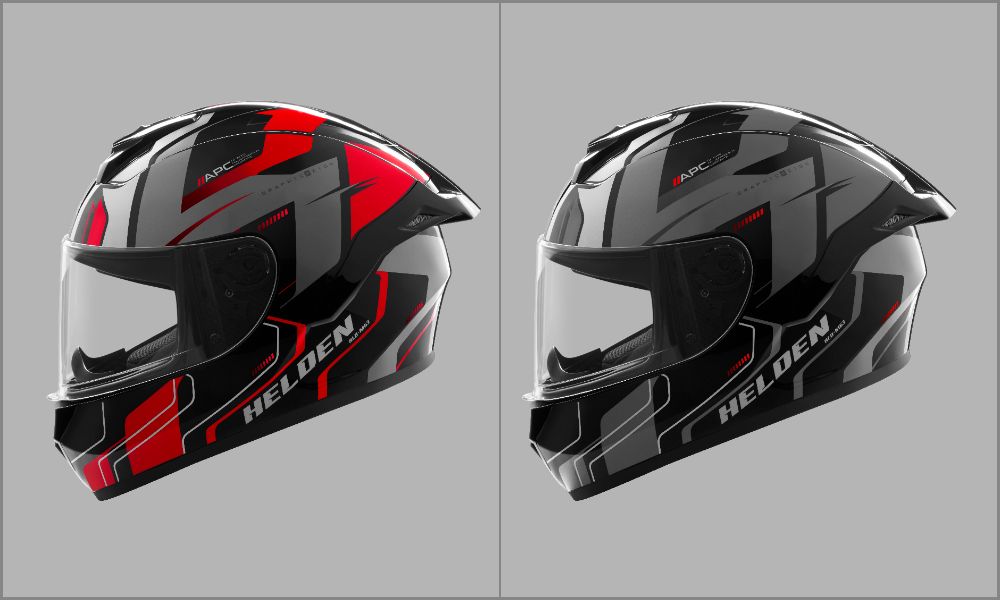This is pretty much inline with what I expected, so I can’t say that I am shocked or surprised. It would’ve been better if the range was closer to 300km, which would mean around 3h of driving before a stop.
BHPian StarrySky recently shared this with other enthusiasts.
The temperature dropped down to -23°C a couple of weeks back, and I took the opportunity to drive the GTX on the highway to check the consumption.
Preparation: The preparation was not ideal. I was planning to do this on a Sunday morning with a friend, but he was not sure if he could make it. He was still busy on Sunday morning, so I thought I will go alone. The car was already charged to 80% overnight. Since I wasn’t sure what the consumption would be, I thought I will play it safe and charge to 90%, and also pre-condition the car. However, the battery was so cold that the car started charging at around 3.5kW and the app was estimating that it would take 3h to charge the car to 90% and pre-condition the car. It was already around 10am, and this would mean leaving around 13:00, and it would already be around sunset when we returned. Anyway, this 3 hour delay meant that my friend could finally join.
There was some unexpected delay on my side before the start, due to which I couldn’t start exactly at the departure time set in the car. So the car was sitting in the cold, without charging or pre-heating the cabin for about 10 mins or so. It was too cold when I entered the car, so I spend a few more minutes running the AC at full blast before I started. The battery was still pretty cold.
Here is a screengrab a few kilometers after we started. The green bar on the driver’s console is still less than half of the maximum. This indicates restricted regen, a result of the cold battery.

Settings: The car was in Individual Mode, with everything set to “Normal”. I always drive in Individual Mode, as it is the only when where I can change DCC settings. The AC was set to 18°C, seat heating and steering wheel heating were turned on. 18°C was almost the limit of what we could bear sitting inside. With our jackets and other winter clothes on, it would’ve been very uncomfortable setting it much higher. The car was in D mode. Since we were planning to drive primarily on the highway, I didn’t thin D or B would make a difference.
Drive Route: We chose a highway nearby (about 8km from where we started), which we knew had 100km/h limit for more than 120km or so, without the need to slow down anywhere. The plan was to drive until we hit 50% SOC and then return. Since we were starting after 13:00, we didn’t have much of daylight left, and we wanted to return before it got really dark. So we had also picked a point on the route where we would turn around in any case.
The Drive: We started with the SOC at 87% after I picked up my friend. Just as planned, we joined the highway and started driving at 100km/h. At this point, the average consumption was in the 40’s (kWh/100km). However, as the battery kept getting heated up, the consumption improved. It improved so much that we decided to extend our run and take another exit from the highway about 10km after our originally planned turnaround point. We still made it there with 54% SOC. We decided not to go further, and returned from there. We got back with 22% battery left.
Final Stats: These are the final stats after I was back home. Based on the consumption and the net capacity of 77kWh, we can calculate the range to be around 250km

The above stats includes some “idling” with AC on. The consumption was slightly lower when we finished the run at my friend’s place, but nothing that would change the estimated range significantly.
We started from my friend’s place with 87% and returned with 22% after covering 146km. This gives an estimated range of 224km.
Considering only the highway run at a constant 100km/h, we entered the highway with 82% SOC, and finally exited it with 25% SOC, covering 129km in between. This gives an estimated range of 226km.
So, the range can be somewhere between 220 and 250km on a really cold winter day.
It would’ve been better if the car was prepared better at the start. In hindsight, I could’ve simply done cabin pre-conditioning for 30 minutes before the start, and it might have given slightly better results. Or if I had started exactly at the planned departure time the cabin/battery would not have had a chance to cool down. But such small unexpected delays can always happen when people are planning trips.
If this was the first leg of a long highway trip, I am pretty sure the consumption for the subsequent legs would’ve been much better thanks to the battery being at an optimal temperature from the beginning. I had actually expected the consumption to be around 28kWh/100km at 100km/h. It would’ve got close to that figure if I had continued my run after a fast-charging session.
The GTX is equipped with a heatpump which is theoretically more efficient. However when I was “idling”, the car was showing consumption of around 5.5kWh. Even in the above picture, after a long run it is still showing 4kWh spend on heating. So I guess the heatpump is not effective at -20°C and the electric heater has to work (it is rated at 6kW).
Am I happy with the range? This is pretty much inline with what I expected, so I can’t say that I am shocked or surprised. It would’ve been better if the range was closer to 300km, which would mean around 3h of driving before a stop. I would be OK with that. But 220km or 250km is not really great, but not the worst either. Such cold days do not happen very often, so I can live with that.
Watching the sunset after a cold day’s work:

Read BHPian comments for more insights and information.







